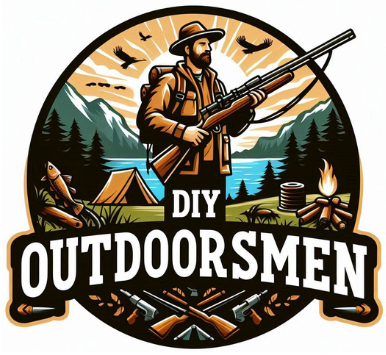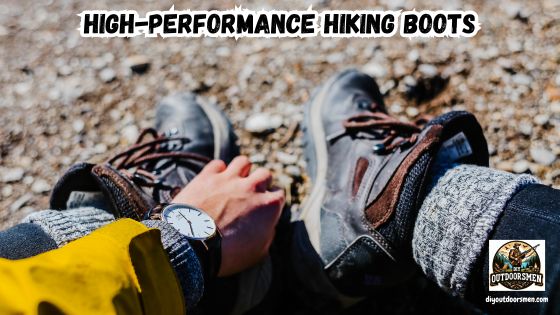Contents
Backpacking in the outdoors puts every part of my body to the test, but nothing works harder than my feet. I’ve learned the value of high-performance hiking boots after a few long trips that left me dealing with blisters, sore arches, and wet socks.
QUICK LOOK: High-Performance Hiking Boots for Backpacking
- Salomon Quest 4 GTX: Widely recommended for backpackers, this boot provides outstanding ankle support, reliable waterproofing, and a design that handles heavy loads. I love the stable feel and generous cushioning, especially on rocky trails. Whether it’s rain or shine, these boots stick with you through thick and thin.
- Hoka Kaha 2 GTX: Hoka’s reputation for plush cushioning really shows here. I reach for the Kaha 2 GTX when I expect to hike long hours with less fatigue. Despite the cushion, these boots keep my feet secure on uneven terrain and help reduce strain during repeated days of hiking.
- Lowa Renegade GTX Mid: A classic option that balances stability and comfort. I find the Renegade to be versatile and grippy on loose dirt, mud, and wet rock. It also comes in multiple widths to fit different foot shapes, making it accessible for many hikers looking for a solid all-around boot.
- Merrell Moab 3 Mid GTX: Midweight and dependable, the Moab line remains a go-to for many backpackers. The Moab 3’s sole feels sticky on mixed surfaces, and it breaks in very quickly compared to stiffer boots. These boots offer a reliable balance of protection and flexibility.
- Danner Mountain 600 Leaf GTX: Danner’s boots are known for durability. The Mountain 600 is comfortable right out of the box and offers strong support for lighter backpacking or weekend trips. Its protection makes it feel solid whether you’re on forest trails or scrambling up rocky slopes.
- Hoka Anacapa 2 Mid GTX: I recommend this boot when I want something lighter and more agile. It’s a good match for fast-paced hikes where I might want to up my speed without sacrificing much support. The lighter weight makes a difference on short, intense treks when agility is key.
The right pair of boots changes the entire backpacking experience, providing the support I need for rough trails and heavy packs. If you’re getting ready for your next big hike, choosing boots wisely will help keep your feet comfortable, protected, and capable of covering many miles. Taking care of your feet truly paves the way for a smoother, more enjoyable adventure.
Hiking boots come in all shapes and sizes, but not every pair is built for long, demanding backpacking trips. Top-level boots are made to handle tough conditions. They offer stability, protection, and durability even after days on the trail.
I’ve worn everything from lightweight trail runners to sturdy full leather models, and the difference is clear as soon as I hit rocky, muddy, or steep terrain with a loaded backpack. With experience, I’ve learned to appreciate the extra features designed for rugged paths and challenging weather.
This article covers what makes a hiking boot top-level, shares some of my favorite models for backpackers, and breaks down what to look for when you shop for your next pair. I want you to have the support and durability you need so you can spend more time enjoying the views and less time worrying about sore feet or unexpected problems. Having the right boots helps set the tone for an adventure filled with great memories rather than tough setbacks.
What Makes Hiking Boots Top-Level?
When I think of top-level hiking boots, I focus on a few main features that matter on long, demanding hikes. The most noticeable difference starts with stability. Boots in this category use strong midsoles and stiff shanks that support my ankles and arches, helping me hike over uneven ground while carrying a heavy pack.
This is especially helpful on long days or multiple-day trips when fatigue sets in, and sometimes makes the difference between finishing strong or hobbling into camp. Waterproofing is also really important. Wet feet can ruin a hike, especially when temperatures drop or blisters form. Most of the best backpacking boots use waterproof membranes like Gore-Tex.
My feet stay dry crossing shallow streams, trudging through morning dew, or weathering surprise storms. Water resistance, combined with breathability, keeps your feet healthier and less prone to issues over the course of an extended outing.
Durability is another thing I look for. High-quality materials like reinforced rubber toe caps, strong outsoles, and full-grain leather or tough nylon uppers keep my boots working trip after trip.
While lighter boots sometimes feel great on easy hikes, I’ve found that sturdier models hold up much better for long-distance backpacking. It’s reassuring to know your boots can take a real beating without giving up on you halfway through the ride.
Comfort is crucial for any footwear. For boots, this means good cushioning, secure lacing that locks in my heel, and a roomy toebox so my toes can spread out on steep descents. The best top-level boots balance supportive structure with just enough softness underfoot. It’s that unique combination of toughness and comfort that lets you tackle a variety of trails without ending up with sore or damaged feet.
Top High-Performance Hiking Boots for Backpackers
I’ve tried dozens of hiking boots and paid close attention to recommendations from other backpackers. A few models stand out for their comfort, reliability, and ability to handle rough backpacking trips. Here are some great options worth trying:
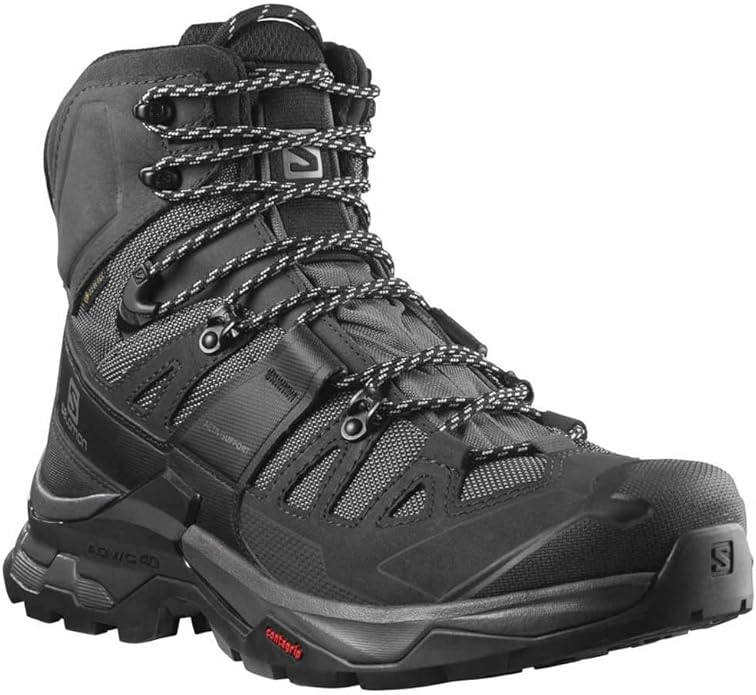
Salomon Quest 4 GTX:
Widely recommended for backpackers, this boot provides outstanding ankle support, reliable waterproofing, and a design that handles heavy loads. I love the stable feel and generous cushioning, especially on rocky trails. Whether it’s rain or shine, these boots stick with you through thick and thin.
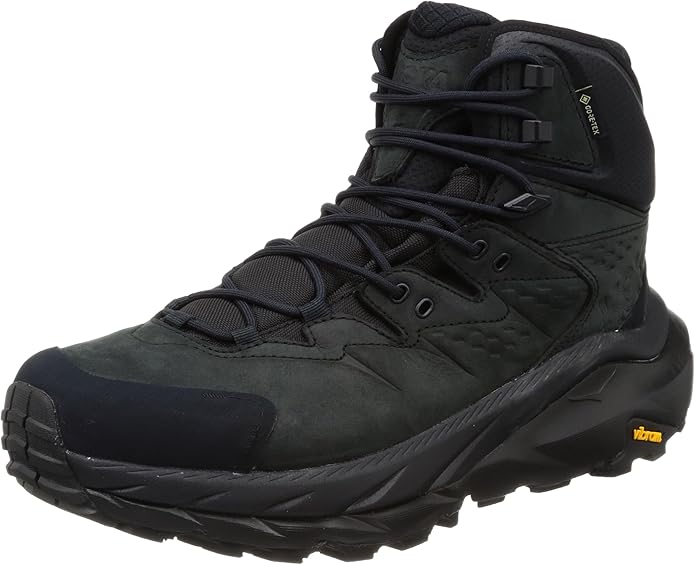
Hoka Kaha 2 GTX
Hoka’s reputation for plush cushioning shows here. I reach for the Kaha 2 GTX when I expect to hike long hours with less fatigue. Despite the cushion, these boots keep my feet secure on uneven terrain and help reduce strain during repeated days of hiking.

Lowa Renegade GTX Mid
A classic option that balances stability and comfort. I find the Renegade to be versatile and grippy on loose dirt, mud, and wet rock. It also comes in multiple widths to fit different foot shapes, making it accessible for many hikers looking for a solid all-around boot.
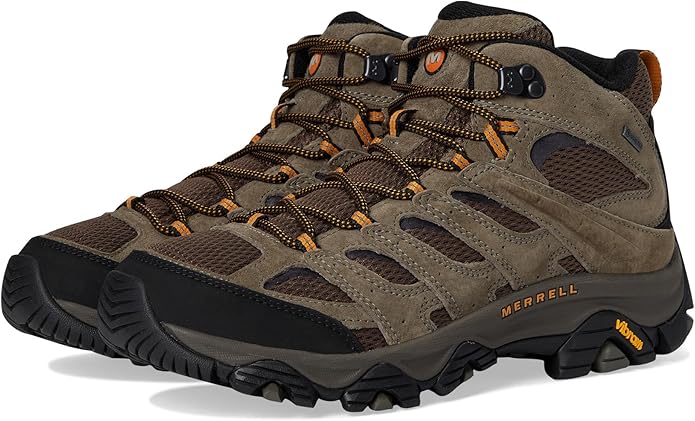
Merrell Moab 3 GTX
Midweight and dependable, the Moab line remains a go-to for many backpackers. The Moab 3’s sole feels sticky on mixed surfaces, and it breaks in very quickly compared to stiffer boots. These boots offer a reliable balance of protection and flexibility.

Danner Mountain 600 Leaf GTX
Danner’s boots are known for durability. The Mountain 600 is comfortable right out of the box and offers strong support for lighter backpacking or weekend trips. Its protection makes it feel solid whether you’re on forest trails or scrambling up rocky slopes.
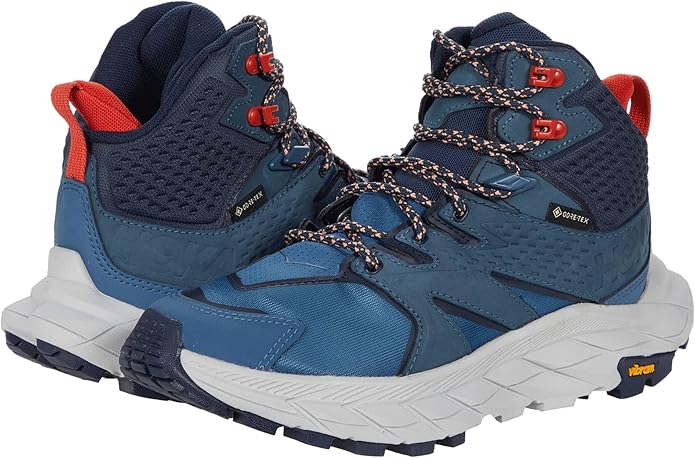
Hoka Anacapa 2 Mid GTX
I recommend this boot when I want something lighter and more agile. It’s a good match for fast-paced hikes where I might want to up my speed without sacrificing much support. The lighter weight makes a difference on short, intense treks when agility is key.
There are other great boots out there, but these models consistently earn praise from other backpackers and hold up well for me. I always try boots in person when possible, since fit can vary a lot even among popular brands. Trying boots with the socks you plan to wear often makes all the difference in long-term comfort.
How to Choose the Right Backpacking Boots
With so many options available, figuring out what matters most in a hiking boot can feel overwhelming. Here’s how I narrow down the choices when shopping for myself or giving advice:
Fit
This is the most important factor for happy feet. I make sure my boots fit snugly around the heel and midfoot, but leave enough room for my toes to wiggle, especially when my feet swell after several miles.
I always wear the socks I plan to hike in when trying boots on. Walking around the store, testing slopes and stairs, and paying attention to any pressure points helps me avoid problems later. It’s wise to take your time at this stage.
Support
I pick boots with higher ankle cuffs and sturdy midsoles if I’m carrying a heavy pack or walking over loose and rocky trails. This helps protect my ankles from twisting, especially on long descents or when I step wrong on uneven ground.
For lighter trips, I sometimes go for mid-height boots that weigh less without giving up too much support. Support goes hand in hand with both comfort and injury prevention, especially for extended adventures.
Durability
Reliable boots use tough materials and strong construction. Full-grain leather, reinforced stitching, and thick rubber soles all help a boot last. Reading reviews and looking for signs of wear from other users gives me confidence that my boots will stand up to rough use.
Sometimes, paying a little more upfront keeps me from having to replace boots as often. If you care for them, a quality pair can see you through many seasons of trails.
Traction
Quality outsoles are easy to spot by looking at the tread design and the rubber compound. Deep, multidirectional lugs give me grip on dirt, mud, or loose scree. A sticky rubber compound keeps me secure when crossing wet rocks or logs.
I look for brands that use their own proven outsole materials and check for reviews about performance in both wet and dry conditions. Good traction can be the difference between confidence and caution on tricky paths.
Waterproofing
I always want at least a waterproof membrane unless I’m hiking in very dry areas. Gore-Tex or similar materials help keep my feet dry without making the boots too sweaty inside. Aftermarket sprays or waxes add some water resistance, but built-in waterproofing works best for backpacking in unpredictable weather and wet environments. Walking with dry feet over several soggy days preserves both comfort and foot health.
Tips for Breaking in and Caring for Your Boots
Every boot, even the most comfortable models, needs a little break-in time. I usually wear new boots for short walks and errands before heading out for a multiple-day backpacking trip. This helps soften the materials and lets me spot any fit issues early.
I pay attention to any rubbing or hot spots and use moleskin or blister patches if needed. Integrating boots into day-to-day activities before a trip smooths the way for longer hikes. Keeping boots clean helps them last longer. After muddy hikes, I remove debris with water and a soft brush, then let them dry thoroughly but not in direct heat.
Occasionally, I treat leather boots with a conditioning product to keep the material from cracking. Regularly checking the laces, insoles, and waterproofing level keeps my boots feeling and performing their best. A consistent care routine means my favorite boots are always ready for the next outing.
Wrapping Up on High-Performance Hiking Boots
Top-level hiking boots are an important investment for backpackers who want to avoid pain and make the most of their time in the wilderness. The right boots will support heavier loads, handle tough terrain, and keep your feet dry and comfortable for mile after mile.
I recommend spending extra time on research, fit, and care, because your boots really are the foundation of every successful trip. If you’re planning a big hike soon, your feet will thank you for it. Make sure to plan ahead and give your footwear the care and attention it deserves, so you can hit the trail with confidence and excitement every single time.
Most Recent Articles:
- How To Track Wild Hogs DIY Tips And Techniques

- Bow Vs. Crossbow Hunting: What You Need To Know

- Understanding Deer Behavior To Improve Your Hunt

- Complete Guide On Tracking Game Animals
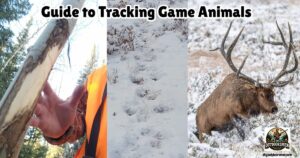
- DIY 4-Step Guide To Field Dressing And Quartering A Deer

- Night Vision Binoculars For Nocturnal Hunting
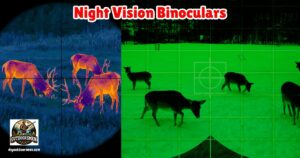
As always, stay safe, enjoy the journey, and please try to leave it cleaner than you found it. If you have any comments, questions, ideas, or suggestions, please leave them in the comment section below, and I’ll get back to you ASAP. You can follow us on YouTube: Man Art Creations for videos of our DIY Adventures.
P.S. Thanks so much for checking out our blog; we really appreciate it. Just so you know, we may receive a commission if you click on some of the links that appear on our site. This helps us keep our content free and up-to-date for everyone. We appreciate your support!
